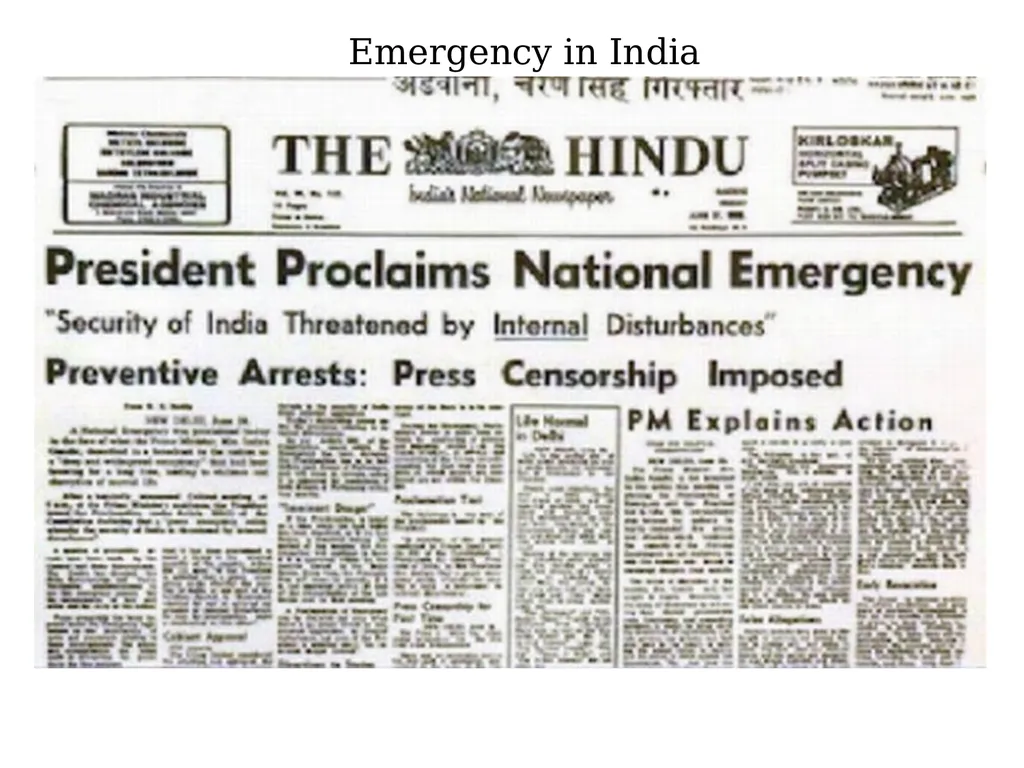
Author : alida-meadow | Published Date : 2025-05-10
Description: Emergency in India The part 18 of Indian constitution deals with the emergency provisions National War Emergency: Article 352 Constitutional Emergency in States: Article 356 Financial Emergency: Article 360 First time constitutionalDownload Presentation The PPT/PDF document "" is the property of its rightful owner. Permission is granted to download and print the materials on this website for personal, non-commercial use only, and to display it on your personal computer provided you do not modify the materials and that you retain all copyright notices contained in the materials. By downloading content from our website, you accept the terms of this agreement.
Here is the link to download the presentation.
"Emergency in India The part 18 of Indian"The content belongs to its owner. You may download and print it for personal use, without modification, and keep all copyright notices. By downloading, you agree to these terms.













